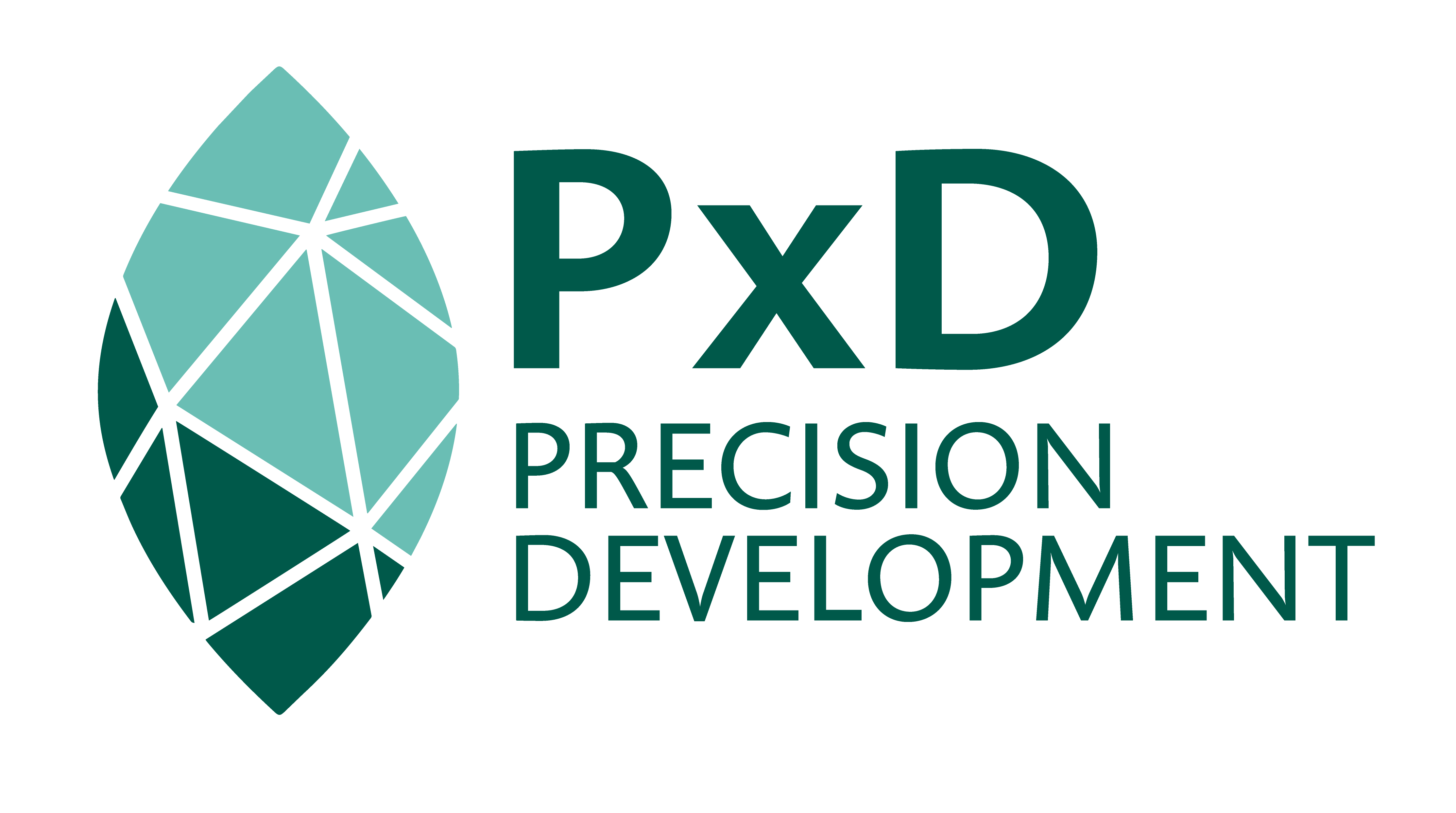Kenya Agricultural Lime Experience Trial 2017
KEN -16 -1494Last modified on December 19th, 2025 at 10:19 am
-
Abstract
One Acre Fund (OAF) is an agricultural service provider that provides support for smallholder farmers in Africa in accessing agricultural inputs, training, and markets, to help the farmers increase their harvests and income. PxD and OAF began collaborating in 2016 on efforts to increase adoption of agricultural inputs and improve OAF operations in Kenya and Rwanda.
Soil acidity is a major issue for many of OAF’s clients. Under a critical threshold (pH < 5.5), soil acidity negatively affects maize growth and can inhibit the efficacy of OAF products, such as fertilizer and hybrid seeds. Soil acidity can be resolved by the application of agricultural lime. Agricultural trials run by OAF indicate that spot applying (microdosing) lime increases yields significantly. These spot applications are the application of lime directly to the soil around the roots of maize plants. Despite the high return on and relatively low cost of purchasing lime, adoption of lime has been low.
This trial implemented a series of interventions to test whether Field Officers (FOs) and OAF’s clients gaining experience with lime increases the likelihood of farmers purchasing lime the following season. We find that monetary incentives for FOs were highly effective in increasing lime adoption by farmers. However, receiving free lime decreased the likelihood of farmers adopting lime in the subsequent year, possibly because farmers were expecting lime to be free again. -
Status
Completed
-
Start date
Q3 Sep 2016
-
End date
Q4 Dec 2017
-
Experiment Location
Kenya
-
Partner Organization
One Acre Fund (OAF)
-
Agricultural season
Long Rains
-
Experiment type
Impact Evaluation
-
Sample frame / target population
OAF farmers
-
Sample size
32,659
-
Outcome type
Input adoption
-
Mode of data collection
Phone survey, Partner administrative data
-
Research question(s)
1. Does experience with lime in one year increase adoption in the next?
2. Do monetary incentives for FOs increase lime adoption? -
Research theme
Agricultural management advice, Input recommendations, Service design
-
Research Design
During the long rainy season 2016 (LR 2016), a total of 32,659 OAF clients in six districts were randomized into the control group or one of the four treatment groups:
- Control (n = 8,344):
•Core program clients in the designated sites.
- Treatment 1 (n = 5,570)—Complete Package:
• Clients received 25 kg lime for free during the LR 2016;
• FOs received 100 kg lime for free during the LR 2016;
• FOs attended a one-day intensive Lime Bootcamp;
• FOs received a lime sales incentive (50 KES per client buying lime, up to 6,000 KES total).
- Treatment 2 (n = 6,281)—FO Focused:
• FOs received 100 kg lime for free during the LR 2016;
• FOs attended a one-day intensive Lime Bootcamp;
• FOs received a lime sales incentive (50 KES per client buying lime, up to 6,000 KES total).
- Treatment 3 (n = 6,737)—Client Focused:
• Clients received 25kg lime for free during the LR 2016.
- Treatment 4 (n = 5,727)—Minimal Package:
• FOs attended a one day intensive Lime Bootcamp;
• FOs received a lime sales incentive (50 KES per client buying lime, up to 6,000 KES total).
The treatments were designed to give clients and FOs varying levels of experience with lime—both directly and through training. The effect of each of these treatments on subsequent lime adoption was measured during the long rainy season 2017 enrollment.
- Control (n = 8,344):
-
Results
Monetary incentives for FOs were highly effective at increasing lime adoption. Farmers at sites where FOs received the incentives were 13.4% more likely to adopt lime from OAF; this is a more than five-fold increase over the control-group mean of 2%. Receiving free lime, however, decreased the likelihood of farmers adopting lime in the subsequent year by 1.1 percentage points. Focus groups suggested that many farmers may have expected lime to be free again, which explains this negative effect.
